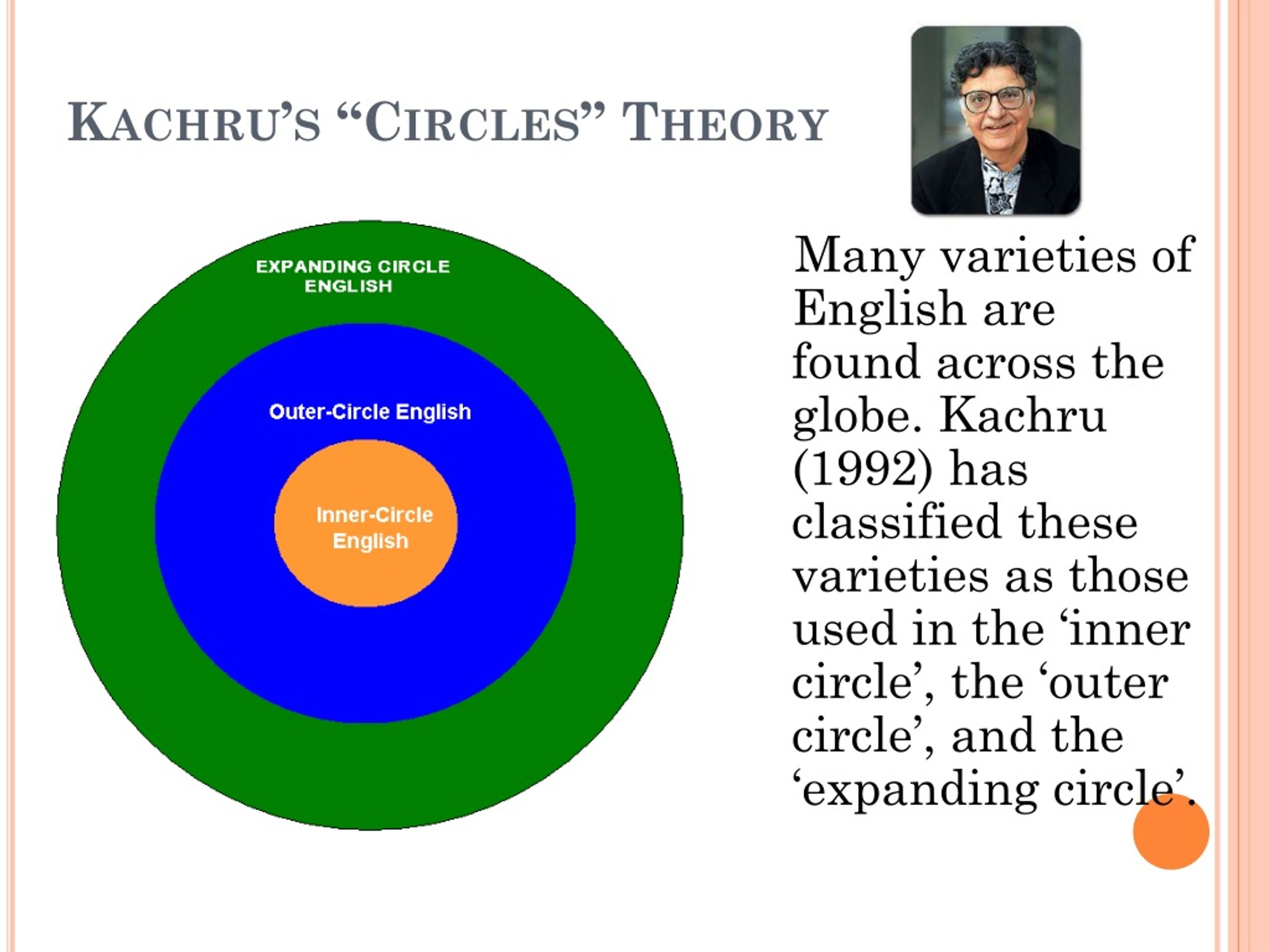
There is a difference between the two games. This is typical of a certain genre of games, called worker placement, a famous example of which is a game about farming called Agricola. For example, in the board game Lancaster players take turns placing cubes on the board to gain resources. The general idea is that actions students make in the classroom have to make sense in the fictional world your exercise creates. Whatever you have students do as part of their assignment must make sense in terms of the world the assignment is supposed to emulate. The first and most important concept in designing games and learning activities – the golden rule of game design – is that you want to match the theme with the mechanics. Lancaster: bigger knights can take smaller knights. Mechanics are ‘tricks of the trade’ – concepts, ideas, principles – ways to organize a game’s rules and players’ interactions to achieve a compelling, engaging and fun experience. To skirt theoretical controversies and avoid convoluted technicalities, I define game mechanics broadly to cover any game elements that designers use to shape gameplay. He can be contacted at tperry ethics harvard edu. Safra Center for Ethics, Harvard University.
The magic circle theory series#
Warren, J (2014) “Want to learn about Game Design? Go to Ikea” Kill Screen Media Inc.This is part 2 of a six-part series of guest posts by Tomer Perry, Research Associate at the Edmond J. Huizinga, Johan (1938) Homo Ludens: A Study of the Play-Element in Culture, London: Routledge and Kegan Paul Ltd. p408-417įullerton, Tracy (2004) Games Design Workshop.


It is only applicable to certain aspects of games, or real world scenarios, and is a useful analytical and design tool, whenever it is relevant.Ĭonsalvo, Mia (2009) “There is no Magic Circle” Games and Culture, Ohio University: Sage. I would consider the magic circle to be an abstract design tool which is not a definite rule in modern games design. There is a set of rules for behaviour, and everyone within the space accepts these rules: It is acceptable to wear swimwear near the beach, but not in a larger city.īut it can not be ignored that games has come a long way since Huizingas original theory, which was conceptualised with board games in mind. Examples of this could be anything from festivals and carnivals, to a line in a supermarket or walking through Ikea. There are spaces where people have a general switch in attitude and behaviour. Ironically, despite the traditional magic circle applying to games less and less, it is instead not uncommon for the circle to be applicable to real life scenarios which has got nothing to do with games at all. By violating these rules, the players violate the magical circle, and according to Huizinga, that would be the end of the game.īut are these players not still playing the game and having fun nonetheless? In fact, the game goes on and the social agreement is still in effect, so in some aspect, the magic circle does no longer apply. This means that some players get to skip hundreds of hours of work.Īnother example could be the “pay to win” approach in many modern games, where you can get an advantage over other players simply by paying for extra items or boosts with real money. However, Mia Consalvo(2009) argues that in modern complex MMOs (massively multiplayer online games) such as World of Warcraft, players will have a tendency to bend (or break) the rules, such as by skipping a lot of the levelling process. Bound by the rules of play, we perform actions that we would never otherwise – shooting, killing, and betraying someone.” (Fullerton, 2004, p.55) Part of the function of the magic circle is to make sure that no-one cheats while being affected by the social agreement, because as soon as someone does, the circle breaks, and the game is over. “Within the magic circle, the rules of the games take on a certain power and a certain potential. The Magic Circle – a concept thought up by Huizinga in 1938 – describes the phenomenon which occurs when a group of people unanimously agree that the rules of real life are now replaced with the rules of a game a make-believe world. But, with recent games like Pokémon Go breaking traditional boundaries for where the magic circle takes place, is his theory invalid and outdated? Does new technology make the theory obsolete? His rule implies that, when playing games, participants will physically sit in the same room around a table, or compete on the same sports field. In 1938, long before the rise of digital games, Johan Huizinga wrote the theory of the magic circle.


 0 kommentar(er)
0 kommentar(er)
